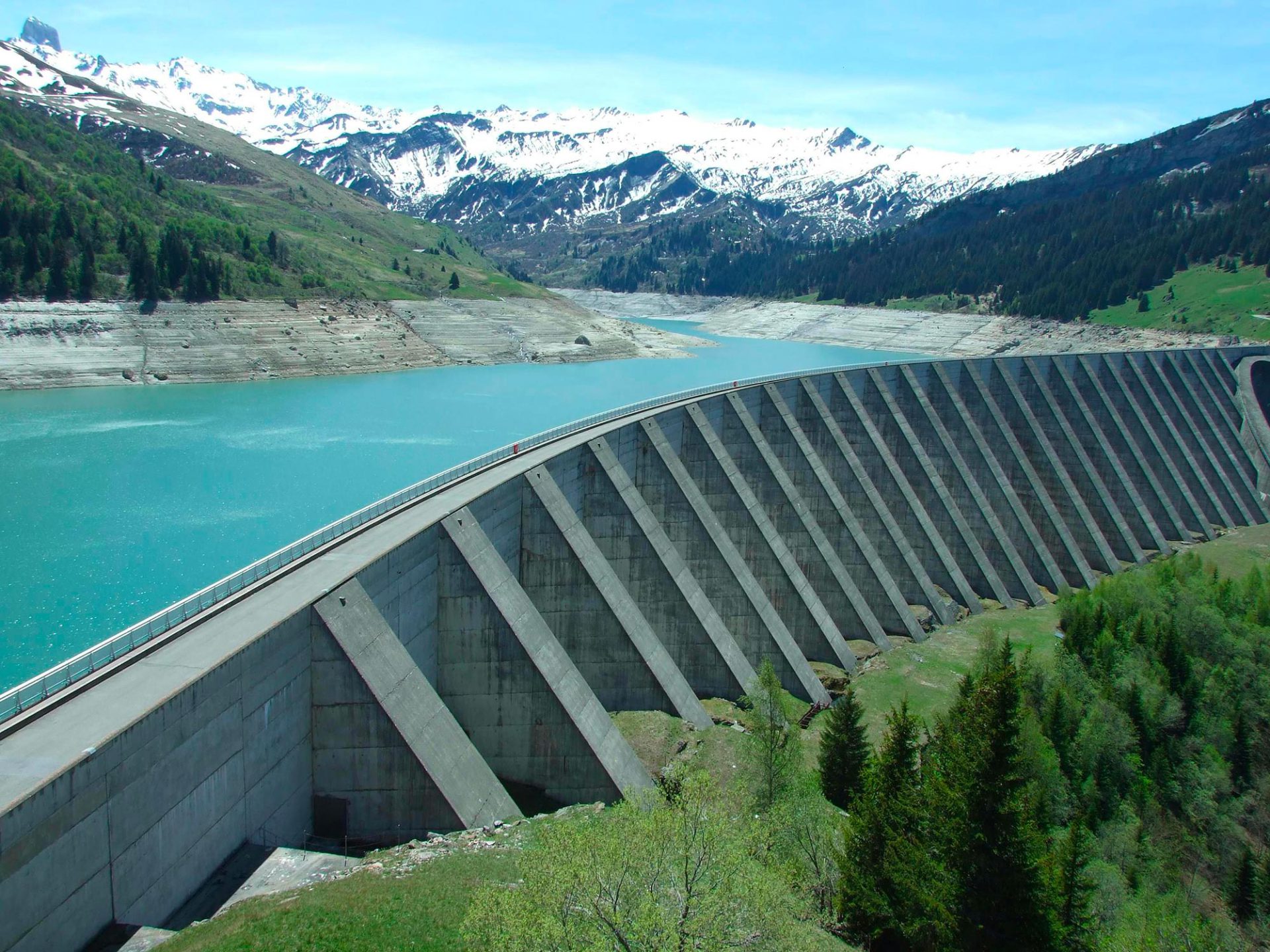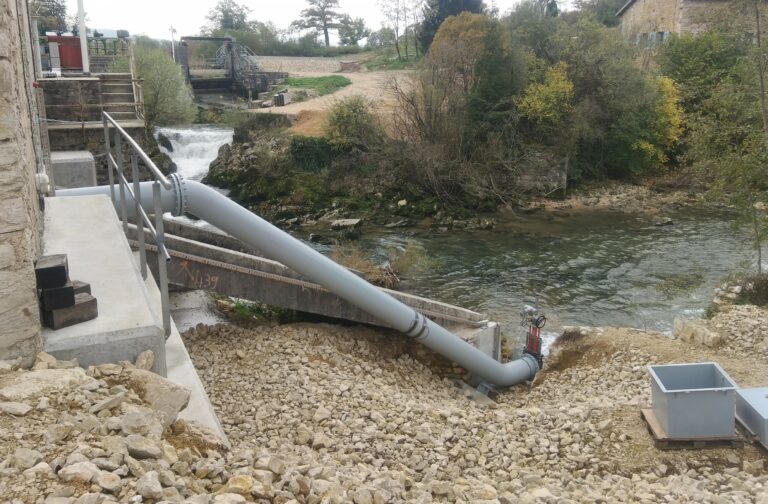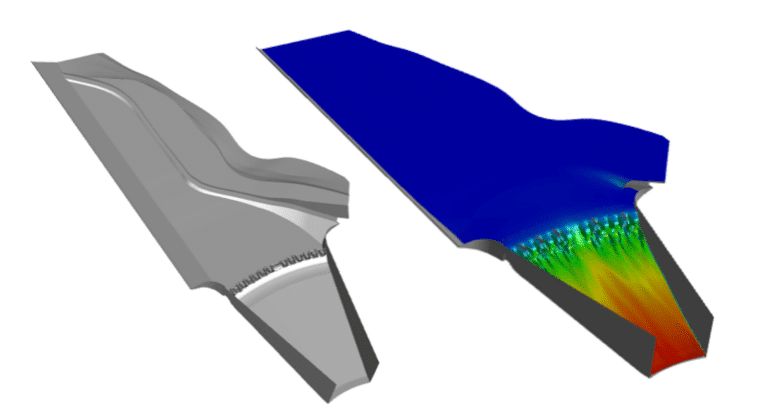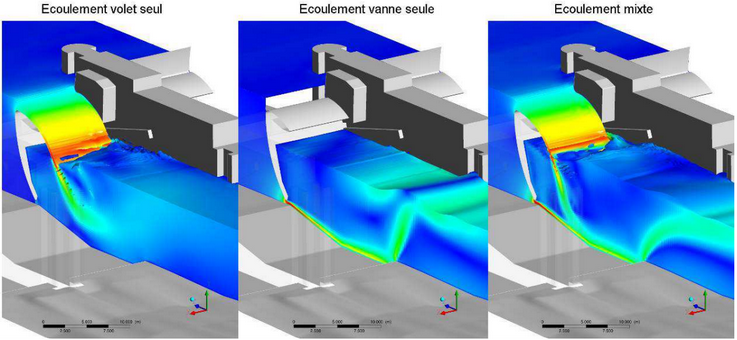Hydraulic modeling: definition
The term hydraulics refers to the study of liquids in the broadest sense. It has a number of industrial applications:
- Free-surface hydraulics, relating to the study of flows where a marked liquid/gas interface exists, as in rivers and canals, for example,
- Pipe flow, where the focus is on flow in closed conduits. Examples include water flow in the primary circuit of a nuclear power plant, or oil flow in a hydraulic distributor.
- Hydraulic machines, exploiting the energy of pressurized liquids, notably for lifting systems
Hydraulic modeling aims to describe the flow in these different types of problem. Flow characteristics can be calculated mathematically using the Navier-Stokes equations. The system studied can then be recreated on a numerical model, and these equations can be solved to obtain the velocity, pressure, water head or turbulence of the flow at any point in space and at any time.
Depending on the problem, hydraulic modeling can be three-dimensional, two-dimensional or one-dimensional. 1D and 2D models are generally preferred for studying flood risks or river heights under different scenarios.
For systems that are spatially smaller but need to be characterized in greater detail, 3D modeling enables the precise description of the effect of geometric singularities, the interaction of the flow with its environment, and provides a complete overview of the problem. As a result, applications such as spillway design, dam penstocks and fish ladders, as well as sewage treatment plants and storm water basins, are made possible by hydraulic modeling.





